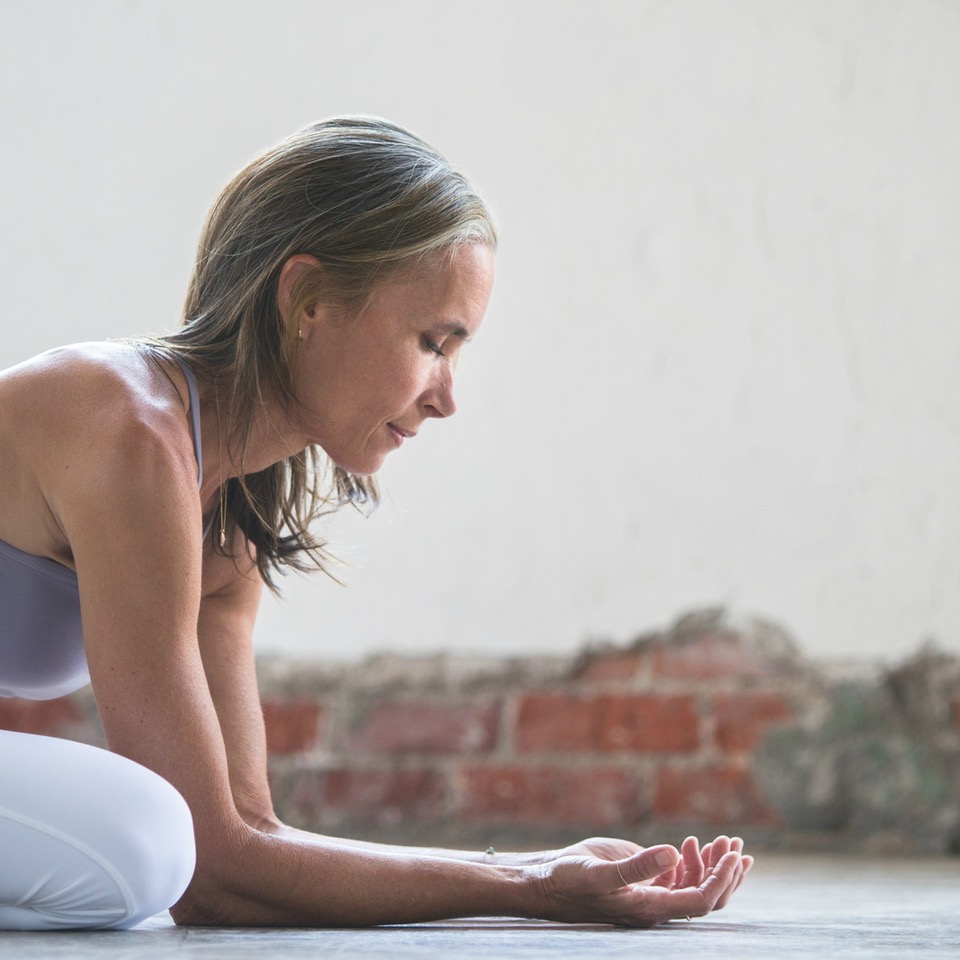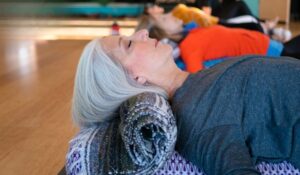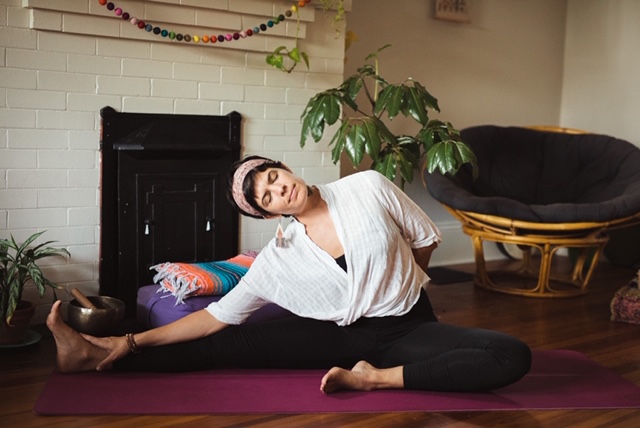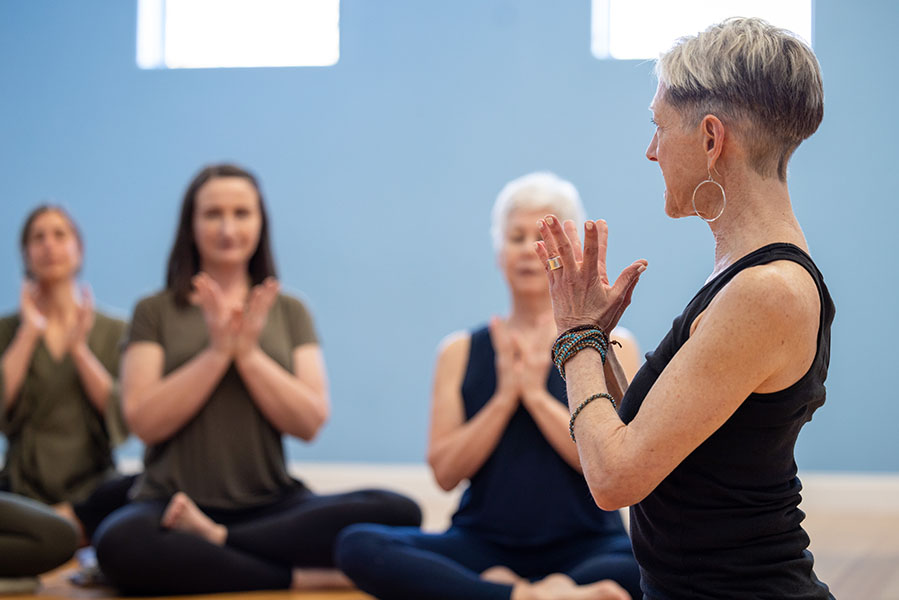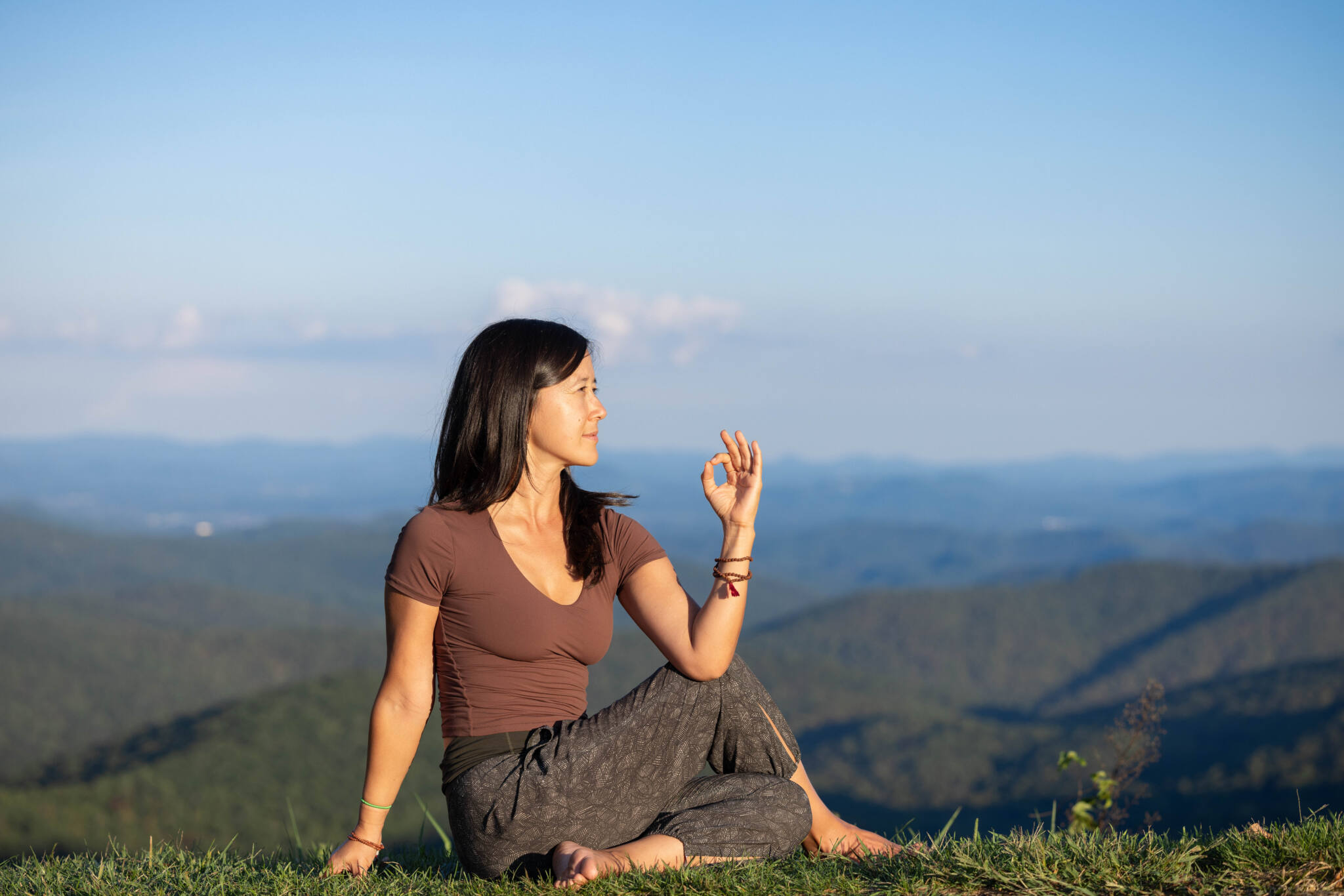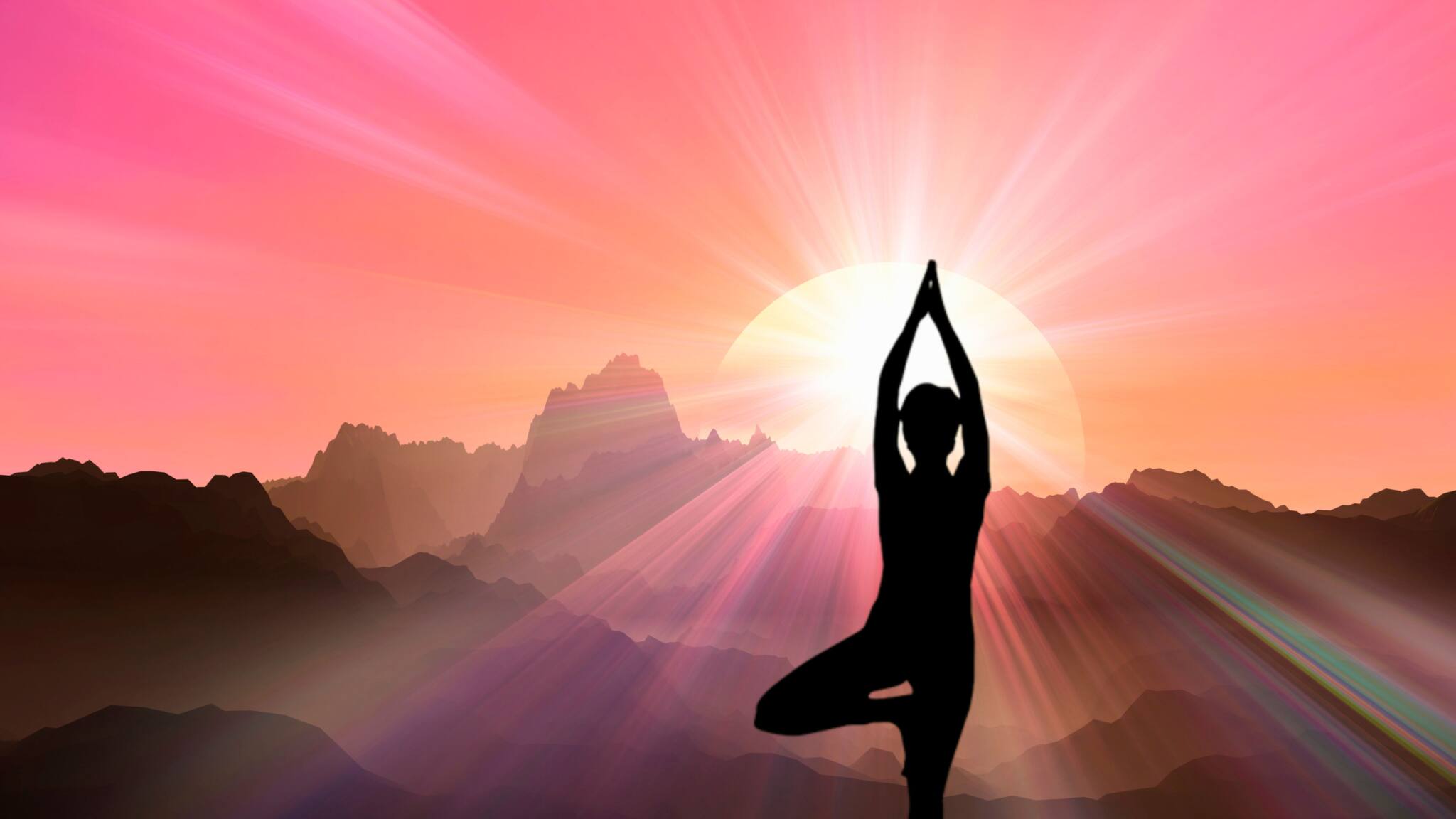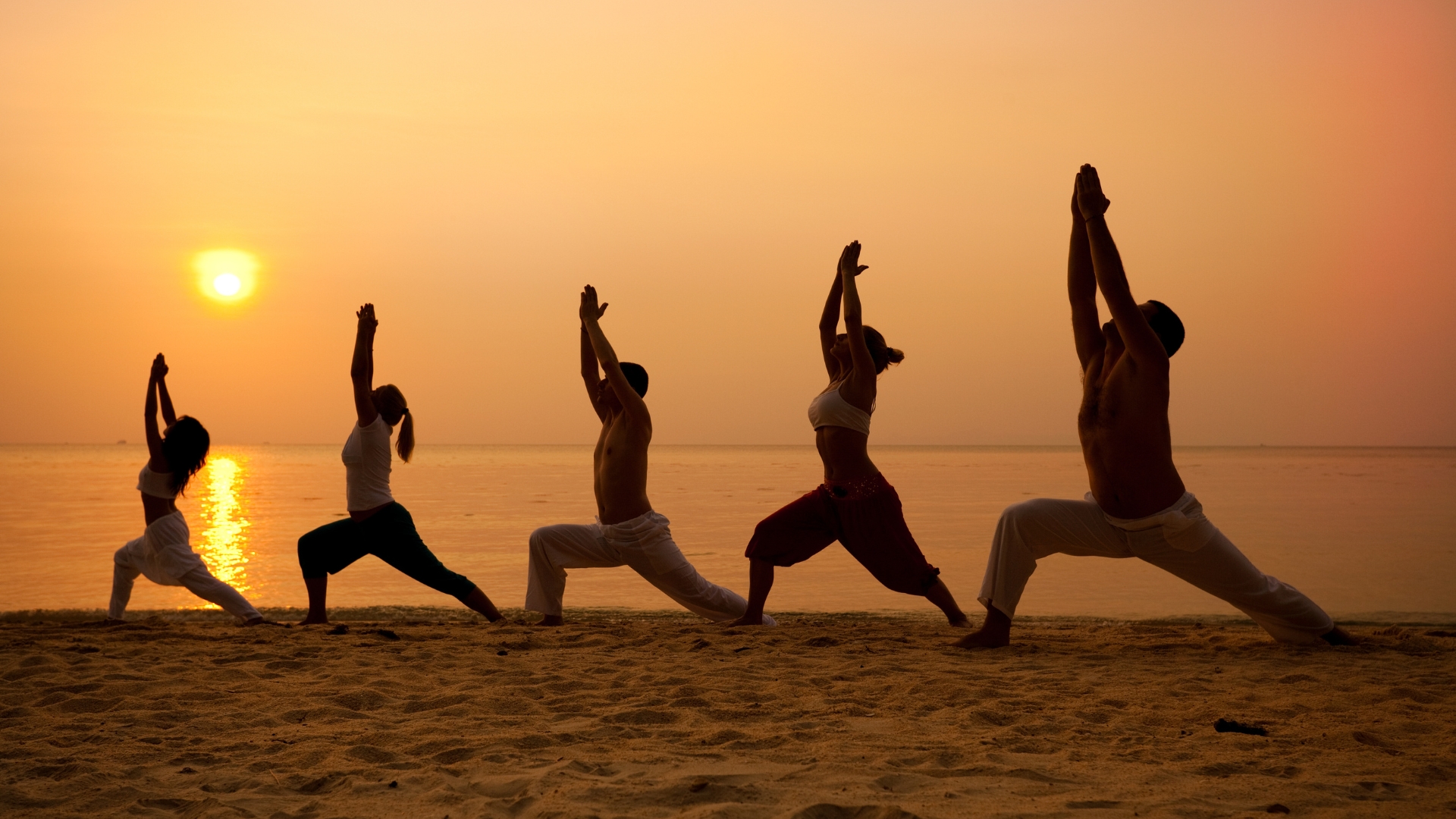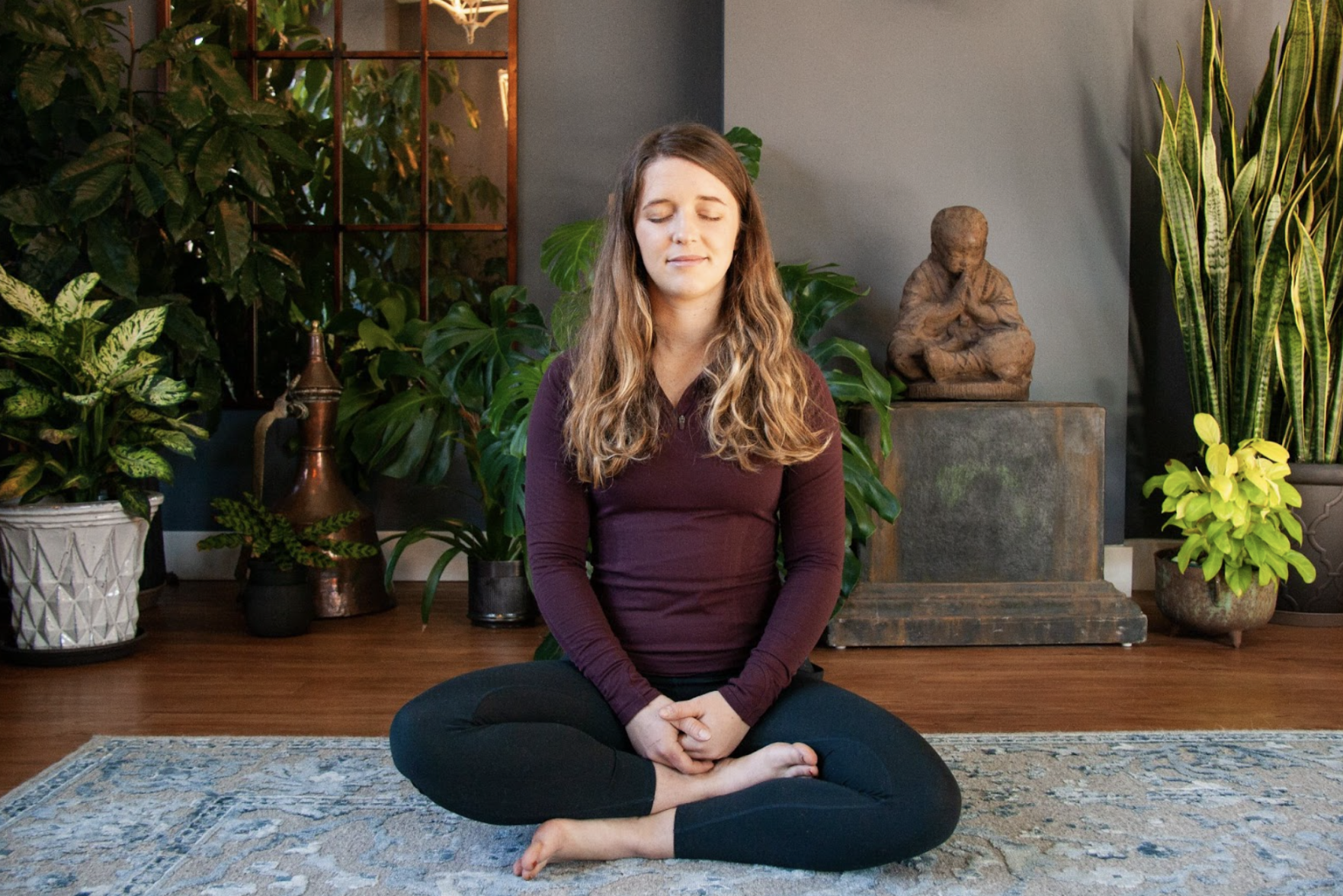Women’s Importance Through Yoga’s History
Written by AYC Instructor, Sierra Hollister
We all know that a regular yoga practice offers multiple benefits for the body, mind and spirit. These benefits include increased flexibility, enhanced physical strength, clarity and calm for the mind, better circulation and so much more.
For women specifically, yoga can support wellness through every stage of life, from child to child-bearing years, prenatal and postnatal, and beyond. Of all the yoga’s offered, Kundalini Yoga in particular has rich, deep and specific teachings for those that identify as women. The man who brought the teachings of Kundalini to the United States, Yogi Bhajan, was incredibly inspired by women, beginning with his mother and grandmother. More than half of the legacy of teachings that Yogi Bhajan shared were dedicated to spreading the ancient sacred teachings of yoga with women specifically. The motivation to reach women with these teachings was based on his deep belief that the world would never know harmony or peace until women had their rightful place of recognition and respect in the world.
According to the teachings of Kundalini, “Woman is the embodiment of God’s creative power, Shakti. Woman embodies the feminine aspect of God, through which the world was created. That primal power is called the Adi Shakti and has been worshipped for centuries in the form of various goddesses. Every woman has that divine goddess power in her own being, waiting to be recognized.”
While students of Kundalini are immersed in this rich understanding of the role and power of women, many more students in this country are told that as far as women and yoga go, the history is recent. This story has been created by western teachers and unfortunately, yet somewhat reliably, centers a white woman, Eugenie Peterson, as one of the first women to practice yoga. Eugenie Peterson went on to be known as Indra Devi, and while Indra Devi did contribute greatly to the story of yoga in this country, by no means was she the first woman to practice yoga.
Feminist artist, scholar and teacher, Vicki Noble, suggests that women invented the practice of yoga. Noble’s research proposes that there was a widespread female-centered yoga practice dating all the way back to the Paleolithic and Neolithic ages. This early yoga was ritual based and celebrated the blood mysteries of women, birth, healing and death. Graduate student Agi Wittich points to archeological findings that suggest women were a significant part of spiritual life all the way back to the earliest evidence of classical yoga – the Paśupati Seal, dated to 2500 BCE. As support for this thesis, Gates Janica, California Yoga Research and Education Center faculty, says, “women’s inclusion in rituals was considered auspicious, even necessary for the presence of the divine, and women were positively associated with fertility, growth, abundance, and prosperity.” Gates goes on to point out that there are numerous references in the Vedas to female scholars, teachers, mystics, priestesses, and philosophers and as many as twenty-seven female sages.”
Wittich continues to point out in her paper, “Yoga and Women: A Possible History,” that later texts, ones that many of us are much more familiar with, including several of the Upaniṣads and the Mahābhārata, mention wise spiritual women and go so far as to define some as “yoginis”.
Local tantric scholar Ramesh Bjonnes writes that “women have been gurus, healers, yoginis and goddesses since the beginning of time.”
All of which to say, isn’t it time that we stop centering Indra Devi in the story of women and yoga and reach back through time, as yoga itself does? Not only does it feel more powerful to acknowledge that women, especially dark-skinned women, have been practicing, shaping and creating yoga for as long as yoga has been around, but it is also true and gives yoga back its roots and truth.
The practice of yoga, for women by women, is deep, profound and a celebration of the nature of women, our monthly cycles as well as our life cycles. By practicing this way, we open ourselves to the flow of energy rather than achievement of a posture. The journey, rituals and experience of the practice, rather than the physicality of the practice, are paramount.
More than anything, we understand that yoga is who we are, rather than what we do.
If you’d like to learn more about women’s role in yoga, here are a few resources for you.
Yoga and Women: a possible history
Dispelling One Big Myth About Women in Yoga
Sierra Hollister offers a weekend immersion each year for women that wish to understand more about their unique yogic path, “The Moon Path” at Asheville Yoga Center.
Sierra also teaches WARM Kundalini & Gentle Kundalini weekly at Asheville Yoga Center. View our class schedule here.
Frequently Asked Questions
Awakening Shakti: The Role of Women in Kundalini Yoga
Something ancient stirs within us– a pulse of power, intuition, and presence that is uniquely feminine. In Kundalini Yoga, this energy has a name: Shakti. Whether you’re a seasoned practitioner or simply curious about how this tradition supports the feminine spirit, this blog invites you into the rich, heart-centered wisdom of Kundalini Yoga for women.
Let’s explore how this deeply transformational practice honors, uplifts, and empowers women through every season of life!
What is the significance of women in Kundalini Yoga?
In Kundalini Yoga, women are not simply participants. They are seen as vessels of life force, carriers of intuitive wisdom, and natural conduits for spiritual awakening. The teachings hold that a woman has 16 times the intuitive power of a man, and therefore a greater responsibility (and capacity) to uplift herself and her community.
Rather than focusing on external achievement, Kundalini Yoga calls women inward… to their breath, their cycles, their innate knowing. It invites a reawakening of the sacred feminine, not as a concept, but as a lived, breathing reality.
How does Kundalini Yoga specifically support women’s health and wellness?
From hormonal balance to emotional clarity, Kundalini Yoga offers a sanctuary for the female body and psyche. Practices include kriyas (yogic sets), pranayama (breathwork), meditation, and mantra– tools that speak directly to the nervous and endocrine systems, helping to soothe stress, support fertility, ease menstrual and menopausal transitions, and restore vitality.
This practice doesn’t demand perfection– it invites presence. Through consistent practice, women often report a deeper connection to their bodies, steadier emotions, better sleep, and a more peaceful mind.
What are the benefits of practicing Kundalini Yoga during different stages of a woman’s life?
Whether a woman is in her younger years, in the fullness of motherhood, or the wisdom of elderhood, Kundalini Yoga offers practices that meet her where she is.
- Young women may find grounding and confidence through kriyas that balance energy and support mental clarity.
- Mothers can nurture their strength and patience while reconnecting to self amidst the selflessness of caregiving.
- Post-menopausal women often discover a renewed spiritual energy and purpose, tapping into deeper layers of wisdom and stillness.
Each phase is honored not as something to be fixed or rushed, but as a sacred rite of passage in its own right.
How does Kundalini Yoga incorporate the concept of Shakti energy?
Shakti, the divine feminine creative force, is not just an idea in Kundalini Yoga. Shakti is awakened, honored, and embodied through movement, sound, and breath. Chanting sacred mantras like Adi Shakti calls forth this energy from within, aligning us with the creative pulse of the universe.
Kundalini itself is often depicted as a coiled serpent at the base of the spine– pure potential energy waiting to rise. As this energy ascends through the chakras, guided by intention and practice, we begin to feel more whole, radiant, and powerful. This is Shakti rising.
Why is Kundalini Yoga particularly empowering for women?
Because it offers women permission to feel, to lead, to soften, to rise. Kundalini Yoga doesn’t ask women to become anything other than who they already are. It empowers through experience, allowing each woman to taste her own strength, intuition, and resilience.
Rather than searching outside for answers, this practice brings us home to the sacred temple of our bodies, our breath, our being. In doing so, it reminds us: you are already whole. You are already wise. And your presence is powerful medicine.
In a world that often asks women to dim, shrink, or harden, Kundalini Yoga is a path of remembrance, a gentle but potent call back to our true nature. Whether you’re unrolling your mat for the first time or reawakening a long-lost practice, know this: you are not alone. The breath of every woman who has ever practiced before you is behind you. The pulse of Shakti lives within you.
Come sit with her. Move with her. Rise with her.
